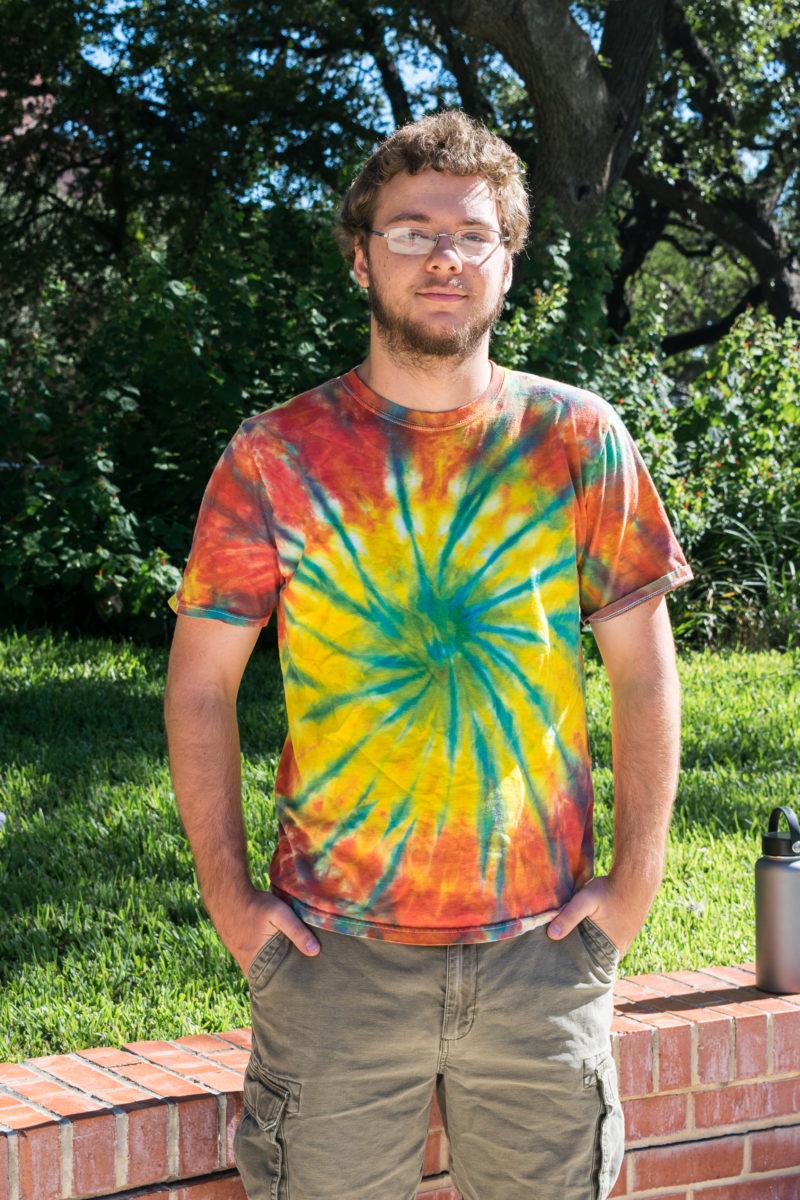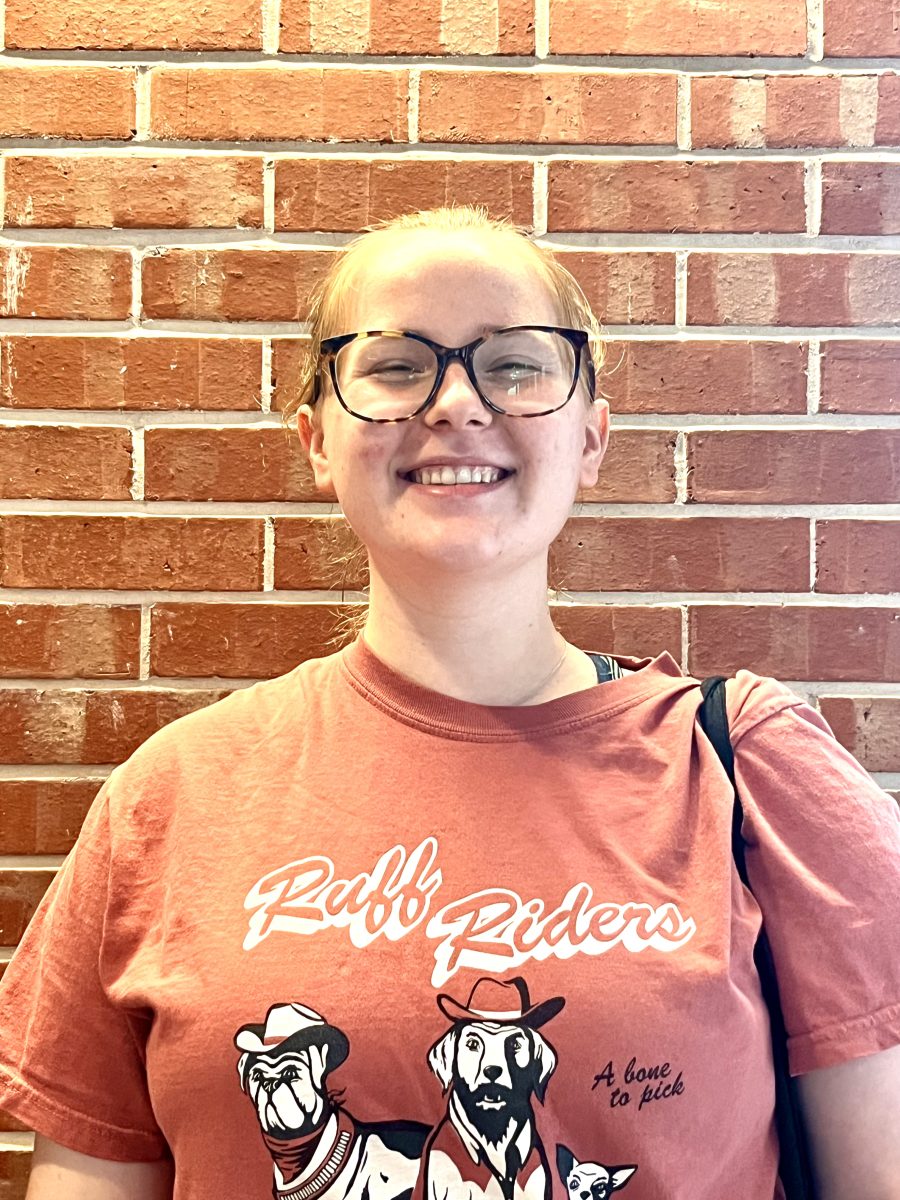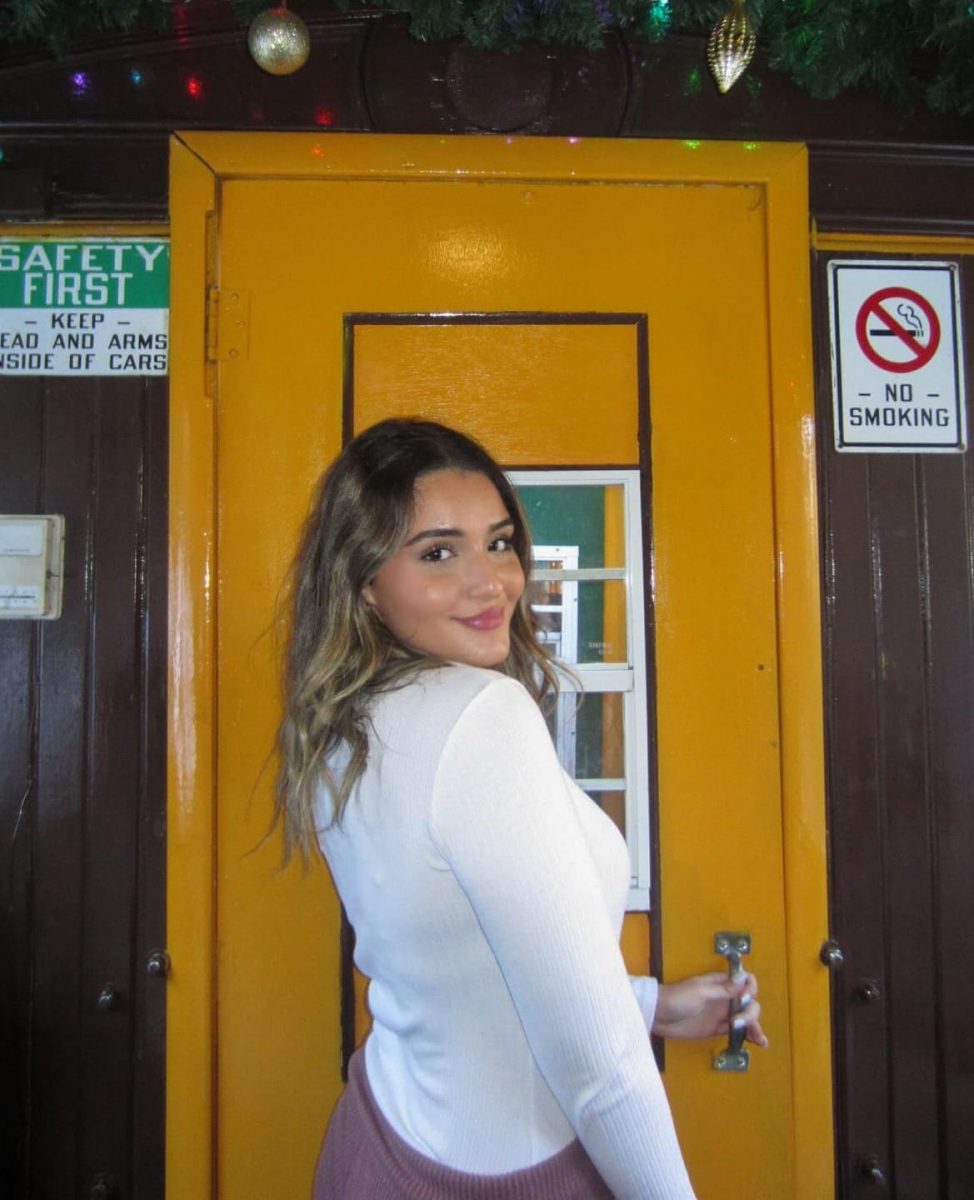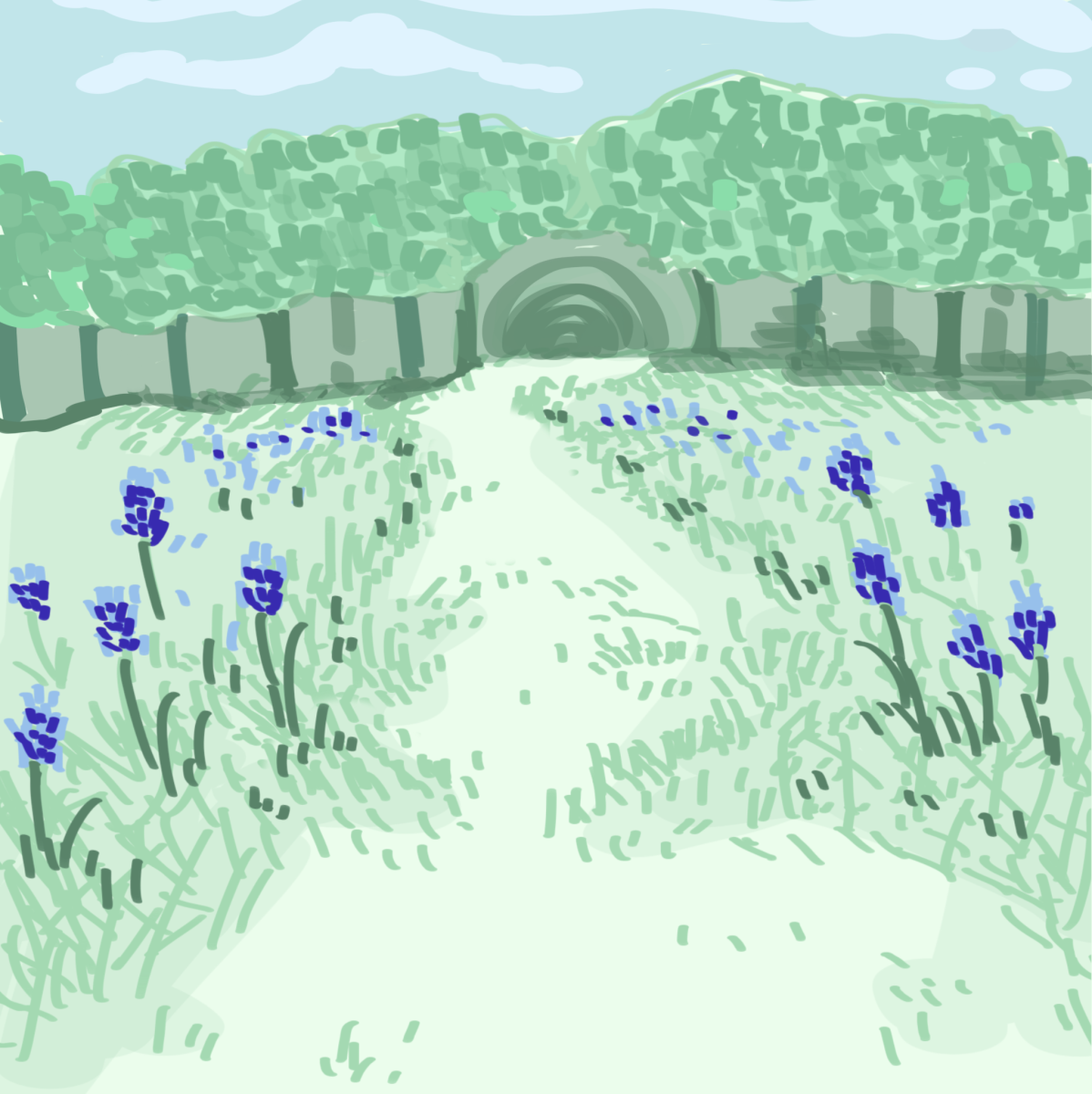Horst Evans is a junior computer science major and a sousaphone player for Tiger Stand Band. He’s also the tie-dye king of Trinity University.
Ever since he was in early middle school, he has solely been wearing tie-dyed shirts; we asked him why. This interview has been edited for clarity and length.
Meredith Goshell: How did you get into tie-dying t-shirts?
Horst Evans: Tie-dyed shirts are honestly pretty cheap. You can get cotton shirts for like $5. We usually do these giant dying things so the dye is usually spread out amongst everyone, and it’s cheap and fun. I got hooked in elementary school, and then my dad knew this guy who does it professionally, so we all got kind of hooked on it. My grandparents do it, too.
MG: So it’s a family affair then?
HE: Yeah, we have family pictures where the whole family is in tie-dye. My dad gets these cotton button-down shirts for work and he’ll dye them and go to work in them. My aunt lives in Round Rock and she’ll drive down and then family friends and work friends will come down. It’ll usually be a whole-day thing. My mom also will sometimes do big batches because she likes to make baby clothes and stuff, for when her friends have children. We also will sometimes make towels for gifts and stuff.
MG: So, we know that you love tie-dye shirts, but do you ever tie-dye anything else?
HE: Yeah. In middle school, I had a whole outfit. You can get those canvas shoes and bend those up and dye them. I had canvas shoes, socks, shorts, underwear, shirt, a button-down shirt over that and one of those floppy canvas hats.
MG: Where do you buy your white shirts?
HE: Target or Walmart. Usually, I get 100 percent cotton shirts. You can get a 50 percent cotton and 50 percent polyester blend and those will work. You can do full polyester, but the thing with poly is that it will bleed down and kind of fade it into more pastel colors, so with fifty-fifty you can get really cool effects. If you’re into the cool bleed-down effects, full poly is great.
MG: How about your dye?
HE: We usually get our dyes from this place called Dharma Trading Company. They supply dyes and we find theirs to be, like, not garbage. If you buy them at Walmart, you’re probably going to get bad dyes. So, Dharma is more expensive, but they’ll give you actual colors and they’ll stick a lot better, so you need less. So, in a way, you’re kind of saving money. Dharma also has really great recipes. You need this stuff called soda ash and urea water, and you put the urea water in with the dye to reduce clumping. Soda ash helps the dye stick to the cotton.
MG: Can you walk through the process of tie-dyeing your shirts?
HE: We usually have a bucket in our shed filled with little jars filled with powder, with little dyes. So, the day before the big dye, we’ll spend the evening before filling up the jars with a mixture of urea water, regular water and the dye. We’ll fill up a big tub with soda ash. Usually, we’ve already bought the shirts, unless we have any lying around. The cool thing is, if you have paint stuff on the shirt, that won’t get dyed. You can usually preserve that under the dye. You’ll soak the clothing for about five minutes in the soda-ash water. After that, you’ll take it out and do the tying part. You can do different patterns, like spirals or starburst. Usually, you want to rubber band it how you’re going to dye it. For a spiral, you pie wedge. You put different colors on the different wedges. Once it’s all tied up, we usually have these plastic carpenter things that we’ll dye them on so that it doesn’t bleed.
MG: Do you have any tips on how to best dye a shirt?
HE: So, when you dye, you want to get it really good. A lot of rookie mistakes include just dyeing the outside, and it looks pretty, but when you unfurl it, it’s like 90 percent white. So you really want to open the cracks and soak it. When you flip it over and can see the color coming through, that’s when you know you did it well.







